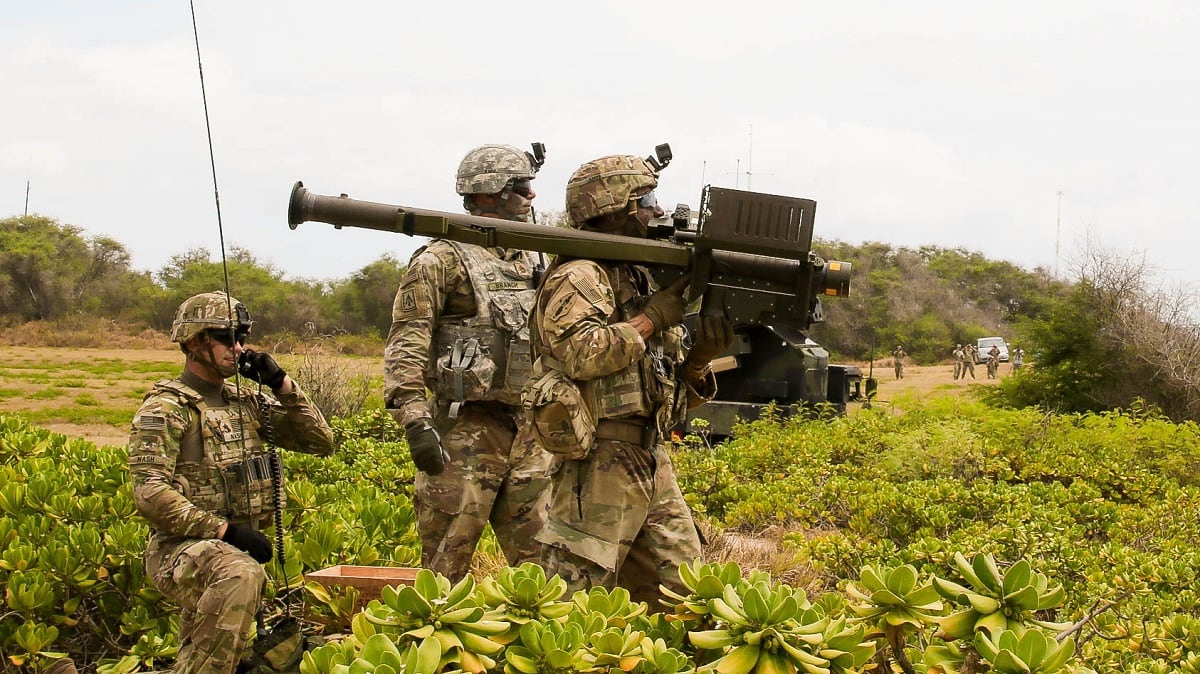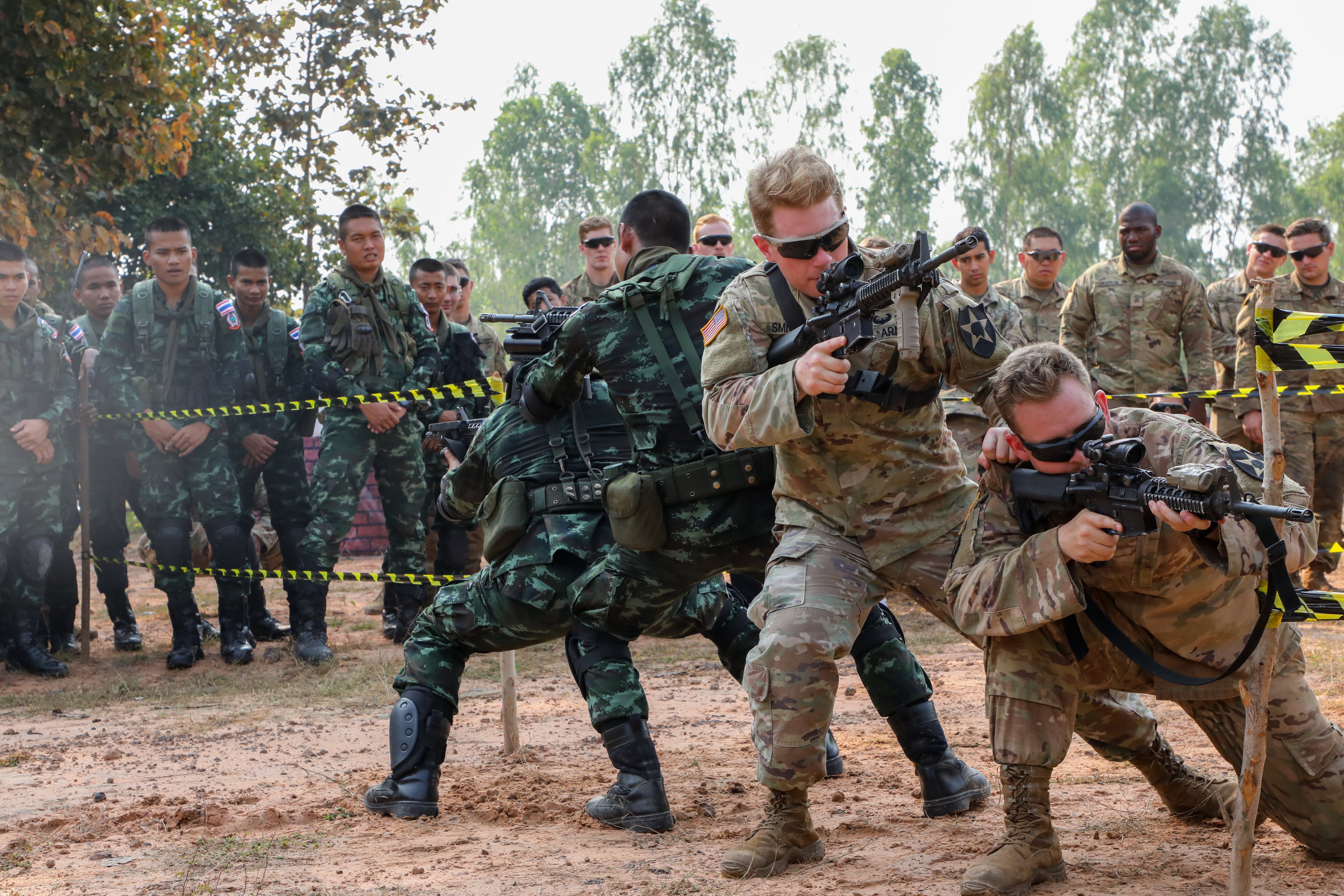In a move to bolster U.S. troop presence in the Pacific, the Army has plans to deploy thousands of soldiers to the region for ongoing rotations.
The new deployments could include as many as 5,000 to 10,000 troops, the equivalent of a division headquarters and several brigades, Gen. Robert Brown, commander of Army forces in the Pacific, told Stars and Stripes in a media roundtable interview this week.
Brown said that existing rotations and forces stationed in the region would remain in their assigned missions and that the new rotations would add to that force strength.
Gen. James McConville, vice chief of staff of the Army, said at the interview that the force is part of the Dynamic Force Employment concept unveiled last year as part of the National Defense Strategy.
“We’re talking about moving troops into a place with certain capabilities based on the partners we’re dealing with — move them out and move them back,” he told Stripes. “And then have the agility to move around the globe and in this theater the way we need to in response to our partners.
RELATED

That’s on top of the existing Pacific Pathways program, which enters a new phase this year. And a new emphasis on the Multi-Domain Operations Task Force in the region, a signature focus of Army Chief of Staff Gen. Mark Milley.
Pathways kicked off in 2014 and partnered Army units with forces from Indonesia, Malaysia and Japan. Those rotations were short in duration and saw units quickly moving between countries or scattered across all countries at once.
In 2018, the Indiana Army National Guard’s 76th Infantry Brigade Combat Team was the first Guard unit to lead a Pathways exercise, spending three months from July to September, but with most soldiers spending two to three-week deployments in theater, due to Guard status.
The new version of Pathways has units staying in one country for longer stretches, such as this summer, when soldiers will spend four months in the Philippines doing training, Brown said.
That will extend to a six-month rotation next year, he added.
The Multi-Domain Task Force conducted its first series of real-world experiments, focused mostly on targeting, fires and communications across multiple services this past summer in the Pacific.
The program will move to Europe this year for its second on-the-ground testing phase, he said.
Neither Brown nor McConnville identified which units would be the first brigades to deploy as part of the additional force. They also did not share when that would begin.
This increased deployment announcement comes as the Army has spent the past three years deploying a full armored brigade combat team to Europe in what are known as “heel-to-toe” rotations. Those began to fill gaps when the Army drew down its armored presence in Europe during budget cuts eight years ago.
Those include nine-month deployments that overlap units so there is a continued footprint by armored units in U.S. Army Europe.
Todd South has written about crime, courts, government and the military for multiple publications since 2004 and was named a 2014 Pulitzer finalist for a co-written project on witness intimidation. Todd is a Marine veteran of the Iraq War.




